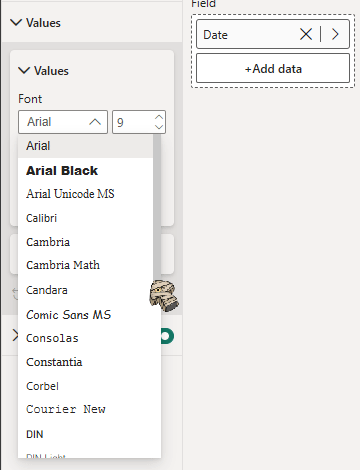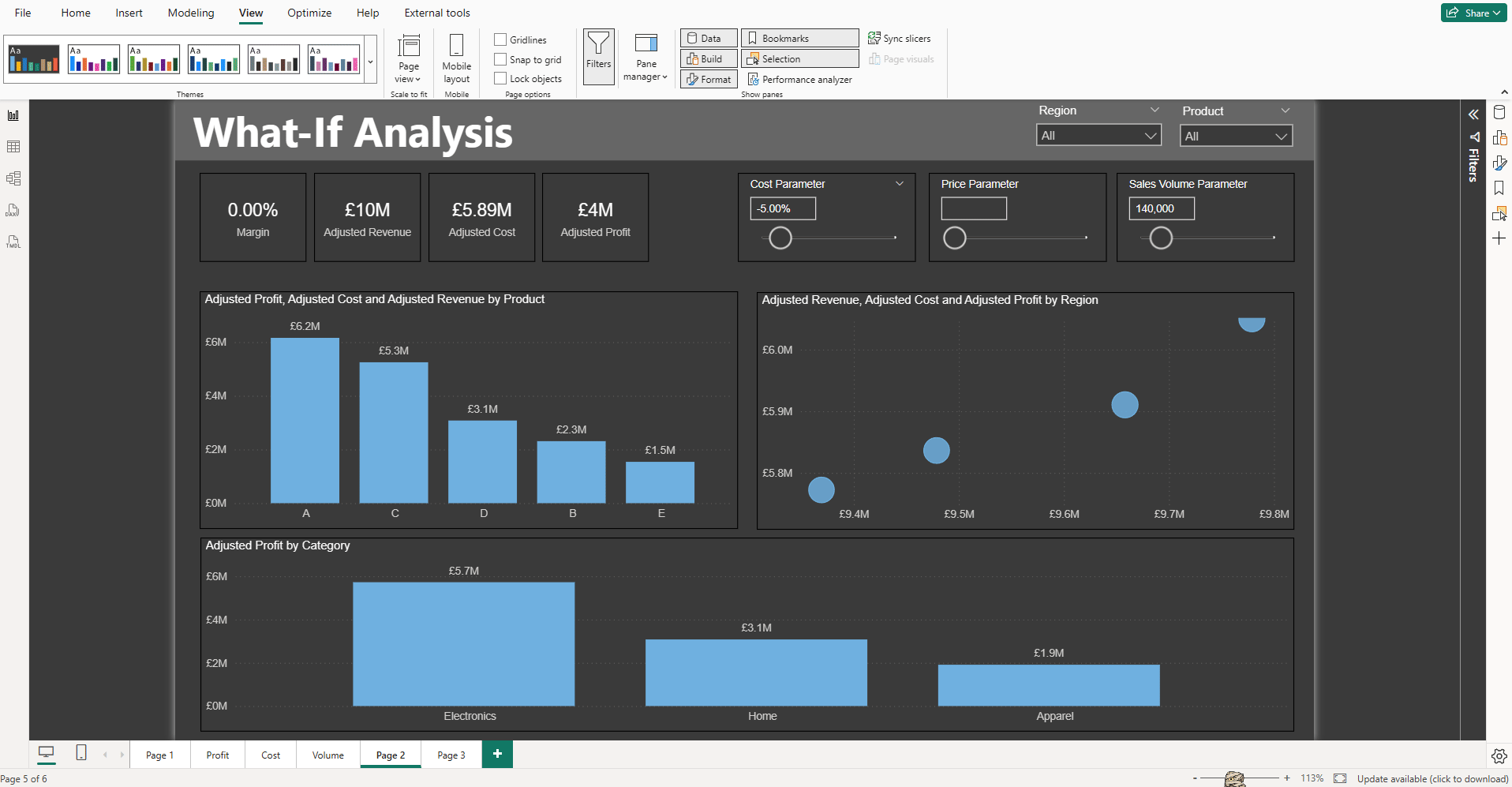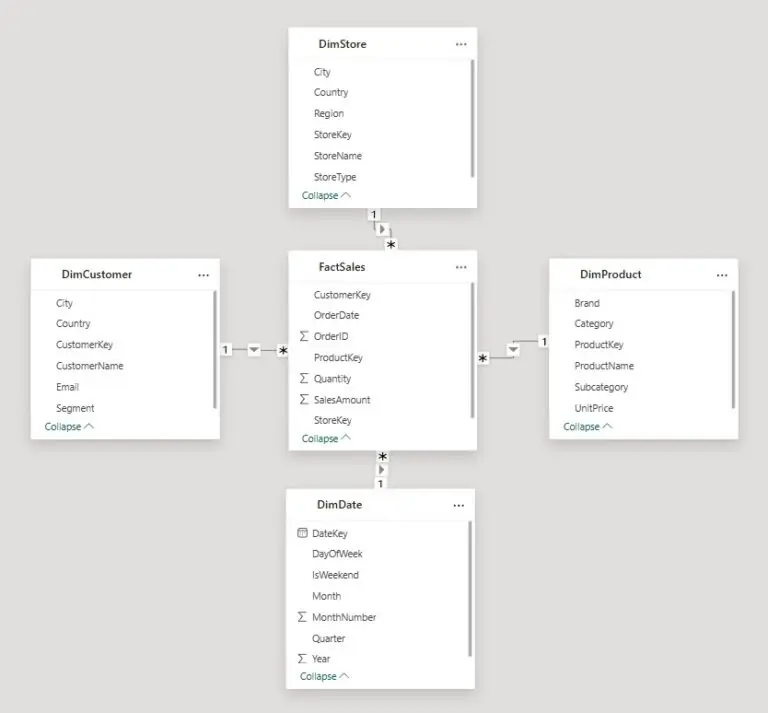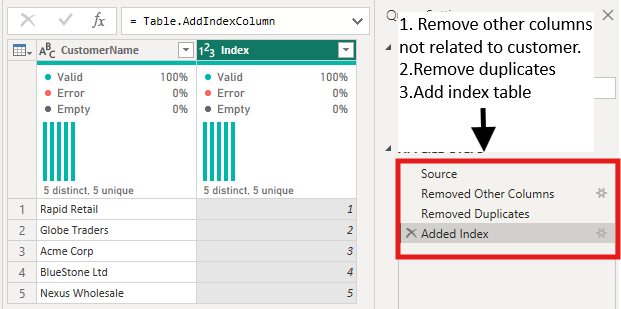
Using Custom Fonts In Power BI
Contents
Want your Power BI reports to look more polished and on-brand?
Fonts play a big role in how your reports are perceived – impacting clarity, trust, and style.
But Power BI doesn’t let you upload custom fonts directly. So, what can you do?
There are workarounds to bring your brand fonts into Power BI, without compromising on visual appeal or performance.
Power BI supports a limited set of built-in fonts, which can be frustrating when trying to match your company’s brand.
But with a few techniques like image-based titles, HTML visuals, or SVG elements, you can still achieve a custom look.
Power BI’s Built-In Font Options
Power BI includes standard fonts like Segoe UI, Arial, and Times New Roman.
You can access these from the Format pane under text or title settings.
These fonts are convenient and compatible across all devices, which helps maintain consistent design.
They are a great starting point to make your dashboards and reports more appealing.
However, they often fall short when trying to reflect a brand’s distinct identity.
Trainer Insight: From our Power BI courses, we know people underestimate how much typography impacts usability.
Even when you can’t use your exact brand font, you can still create a strong, consistent visual identity.
Pair fonts thoughtfully, maintain consistent sizes, and align text with your company’s colour palette.
The goal is to make your report not only match your brand style but also remain readable and clear for every user.
Pros
- Easy to use and available by default
- Consistent display across devices
- No impact on performance or compatibility
Cons
- Limited selection restricts branding flexibility
- Makes most reports look visually similar
- Lacks visual personality and tone customization
Workarounds for Custom Fonts
1. Use Background Images with Styled Text
Design headers or banners in PowerPoint, Figma, or Photoshop using custom fonts, export them as images, and add them to your report.
These are a great fit for a Q&A visual, as they rely more on text than other visualisations!
Pros: Full visual control, ideal for fixed titles
Cons: Not editable, not responsive to slicers
2. Embed Fonts via Theme JSON
Add CSS-like font names to your Power BI theme file.
This only works with fonts available on the viewer’s device or web-safe fonts.
Tip: Use only known fonts; this method doesn’t support uploading font files.
3. HTML Viewer Custom Visual
Use the HTML Viewer visual from AppSource to embed web fonts via HTML and CSS. You’ll need internet access and basic HTML skills.
For example, you can use this code snippet:
<link href=”https://fonts.googleapis.com/css2?family=Roboto+Slab&display=swap” rel=”stylesheet”>
<div style=”font-family: Cinze’; font-size: 24px;”>
Custom Font Example
</div>
To get this output:
Pros: Editable, flexible, supports web fonts
Cons: May not work offline; support varies
4. SVG Graphics with Embedded Fonts
Design visuals as SVGs with fonts embedded, then add them to Power BI as images or via R visuals.
Pros: Perfect visual fidelity, scalable
Cons: Not dynamic, requires design tools
When to Use Custom Fonts
Use custom fonts when:
- You need to match corporate branding guidelines
- You’re building executive or client-facing dashboards
- Visual hierarchy or style plays a big role in usability
Pro Tip from the Field: We once built a monthly performance dashboard for a retail client whose branding relied heavily on a specific custom font.
Since Power BI didn’t support it natively, we designed the header and key section titles in PowerPoint using their font, exported them as PNGs, and placed them as background images in the report.
It wasn’t dynamic, but it looked clean, professional, and completely on-brand.
The client appreciated how it matched their internal style guide without us having to sacrifice functionality.
Design Best Practices
- Keep text clean, legible, and consistent throughout your report.
- Stick to one or two font styles, and ensure high contrast between text and background.
- Add space around image-based headers to avoid crowding.
- Always test visuals across different screen sizes.
Limitations And Considerations
While effective, custom font workarounds do come with trade-offs:
- No true font embedding in Power BI
- Image-based fonts are not editable
- HTML visuals require web access and may behave differently across environments
- SVGs require external design effort and aren’t dynamic
Using too many images or custom visuals can slow performance.
Custom fonts work best when used selectively, primarily in headers or titles.
Conclusion
Power BI doesn’t support custom fonts directly, but there are creative ways to incorporate them for a more branded and professional design.
Whether you use image-based headers, HTML visuals, or SVGs, the key is to apply these techniques where they’ll have the most visual impact.
Prioritize usability, test across environments, and keep maintenance in mind.
With thoughtful application, custom fonts can take your dashboards from standard to standout.
- Facebook: https://www.facebook.com/profile.php?id=100066814899655
- X (Twitter): https://twitter.com/AcuityTraining
- LinkedIn: https://www.linkedin.com/company/acuity-training/








